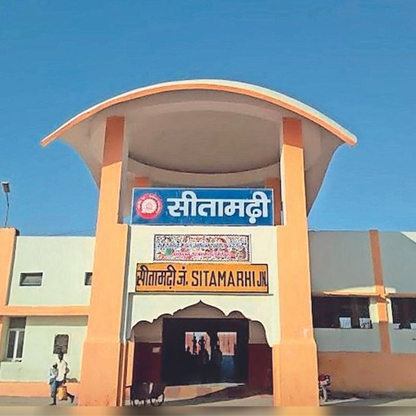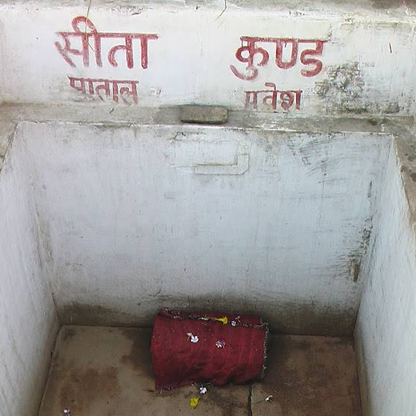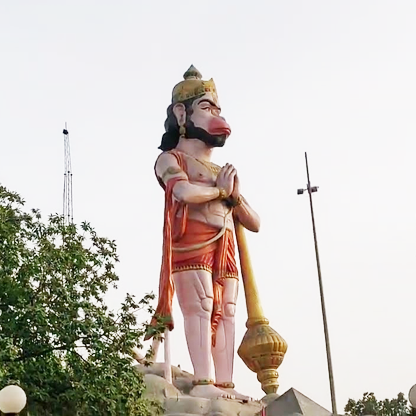Koobay 14" Wooden Trousers Bottom Clips Hangers w Rose Gold.
Interested: 05 Availablity: In Stock
All Religious Books are available in Temple Stores. Our mission is to share the Good of Hinduism, Loving, Faith and Serving.

THE HOLY LAND OF SITAMARHI, WHERE SHRI BHAGWATIJI APPEARED

Sitamarhi's place is second to none in Hindu theology. Sitamarhi is described as a Tretayugin city in mythological stories. In Treta Yuga, Goddess Sita, daughter of King Janak and wife of Lord Rama, was appeared. According to mythological belief, once a situation of famine arose in Mithila,the priests and pundits advised King Janak of Mithila to plough the fieldof his territorywith his own hands. It is said that when King Janak was plowing the field at a place (Sitamarhi area), Sita Ji was appeared from the earth at that time. Due to the birth of Sita ji, this city was first named Sitamadai, then Sitamahi and later Sitamarhi. It is a legend that King Janak had established the idols of Lord Rama and Janaki at the place of Sita Ji's appearance after her marriage.
The city (Sitamarhi) is situated on the banks of the Lakshmana (presently Lakhandei) river. It was an important part of the Mithila kingdom during the Ramayana period. In 1908 AD it became a part of Muzaffarpur district. After independence, in 1972 it was separated from Muzaffarpur and became an independent district. Situated in the northern Gangetic plain of Bihar, this district is sensitive due to its border with Nepal. Maithili and Bajjika are spoken here. But Hindi and Urdu are the official language and the medium of instruction. The local culture, tradition and religiosity of Ramayana are similar to Terai region and Mithila of Nepal. This Hindu pilgrimage site recorded in Tretayugin legends is one of the major tourist destinations of Bihar. Presently it is a district headquarters of Bihar State under Tirhut Commissionerate and a major tourist destination.


About 500 years ago, a saint from Ayodhya, Birbal Das discovered those idols after getting divine inspiration and their regular worship started. This place is today known as Janaki Kund. Sitamarhi has been a part of Tirhut in ancient times. The Karnata dynasty of the rulers of Mithila ruled here until the Muslim rule began in the region. Even later, the local satraps maintained their supremacy here, but after the arrival of the British, it first became a part of Bengal and then Bihar province. Tirhut remained a part of Muzaffarpur district in 1908 AD. After independence, on December 11, 1972, Sitamarhi got the status of independent district, whose headquarter was made at Sitamarhi.